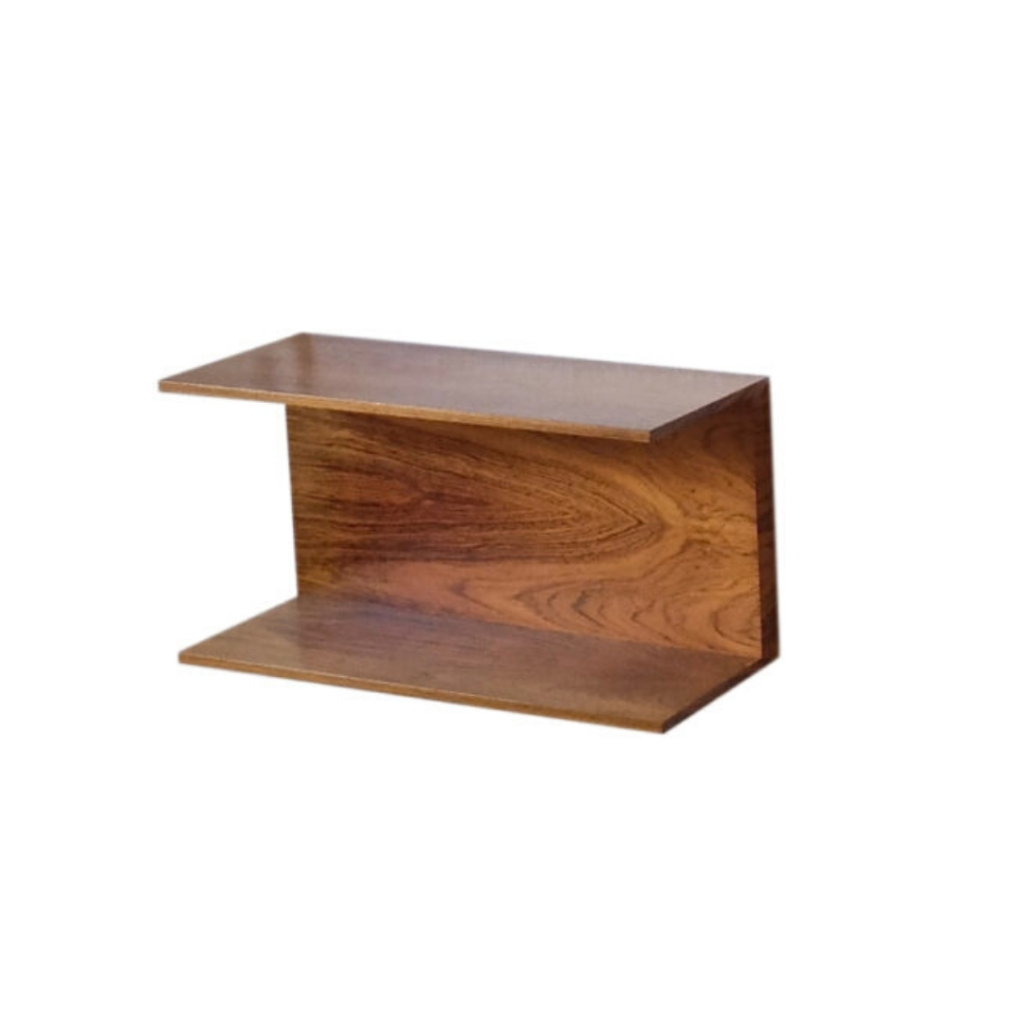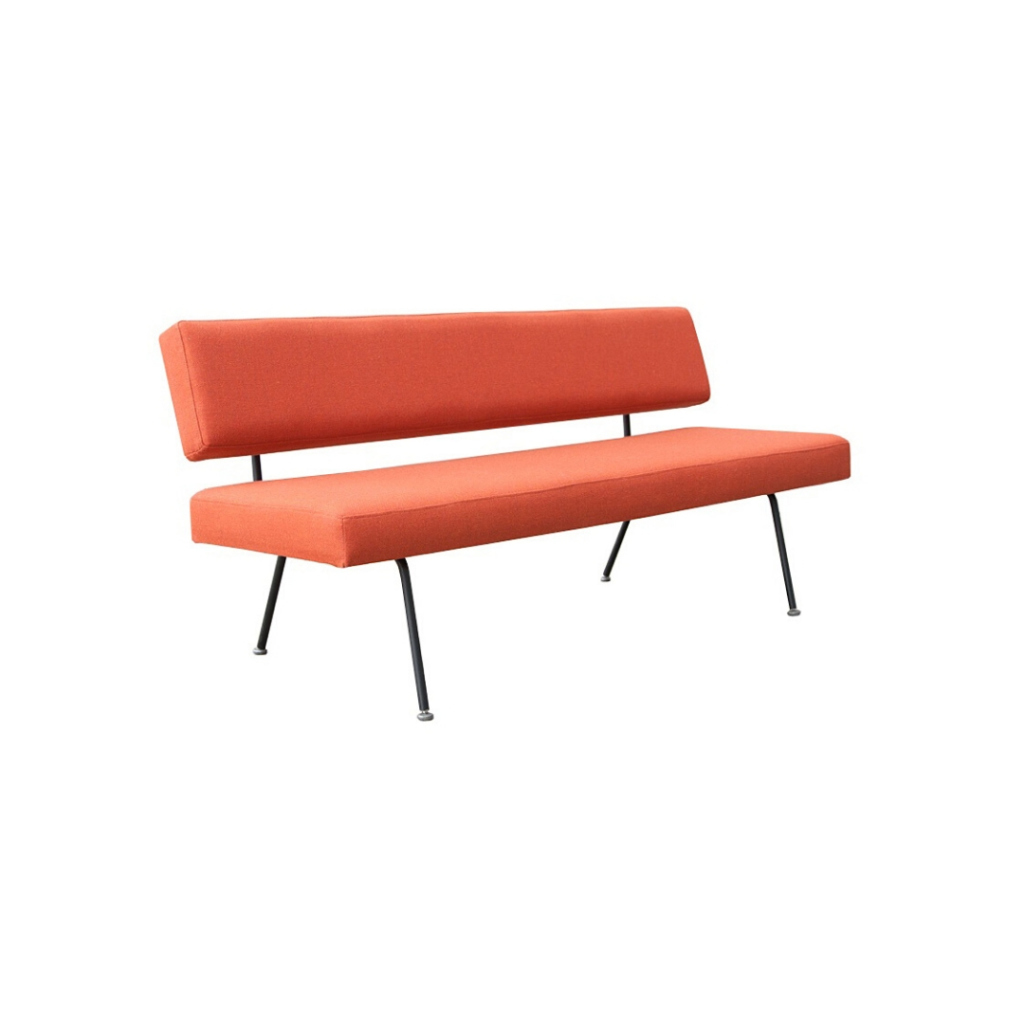Yes, that was just teak oil with no added color and #0000 steel wool. I was pretty shocked myself that that's all it took.
You can always try it on your chairs and see how they look, then move on from there with sanding if you are set on keeping the set. Alternatives would be to look for a lighter set of chairs and sell your darker ones, or look for a darker table, or just get used to the look...? I have ended up doing that last one with quite a few things that looked rather jarring at first but over time I stopped even noticing the differences.
I tend not to advise this because i know it requires sufficient ventilation. But for the most effective cleaning that doesn't require wiping off residue, cuts through everything I've ever encountered (on a chair) and doesn't raise the grain you can't beat acetone.
It really does dry the wood out though. Effective though.
Acetone is just an organic solvent, thus it renders soluble all dirt, or old oils, as they are hydrophobic. Oil does the same job, but in a more gentle manner. I have seen using acetone on a Wegner "the chair", followed by oil. Good results, but I think that the spanky method would have done the same job. I also find it more pleasant if I can spend time on a piece of furniture, rather doing everything fast with acetone.
Cheers
Ernest.
We don't have 'Naptha' over here. I'm still not 100% on what the equivalent chemical I'd need to buy is called in the UK.
I've read it might be lighter fluid in the past, but I'm not too happy testing it out ever!
And often I like the finish dissolving properties of acetone. I often use it as a stripper, despite the time it can take.
I did not know about natural resins definitively but given how dry it leaves the wood, as mentioned above it had crossed my mind it could be too harsh.
When I was a kid, Ernest, we could buy all kinds of weird chemicals at the pharmacy, or "druggist's" as you may call it. Those days are long past.
Kyle, white spirits or Stoddard's solvent are close enough for the purpose.
Acetone is often recommended for preparing surfaces of certain resinous wood species like teak or "rosewoods" that are to be glued as they are notorious for for poor glue adhesion. I don't know if it really helps, but I do it anyway just in case. Nothing ruins your day quite like a failed glue-up.
I've used Murphy's with success. It contains water and will raise the grain and needs to be thoroughly rinsed, but it does some jobs well.
But, after too many years of having to dispose of half-full containers of these kinds of products, I now try to limit my inventory to the basic stuff that I know will do the job and I know I will use up. Whenever a particular job or client requires a product I don't keep (paint, especially), I make sure that the leftover goes with the work whenever possible. Clients seem to appreciate this sometimes, but, more importantly, it relieves me of having to get rid of it. Responsible disposal of toxic material is one of those intangibles that can really add up if you're not paying attention.
If you need any help, please contact us at – info@designaddict.com









